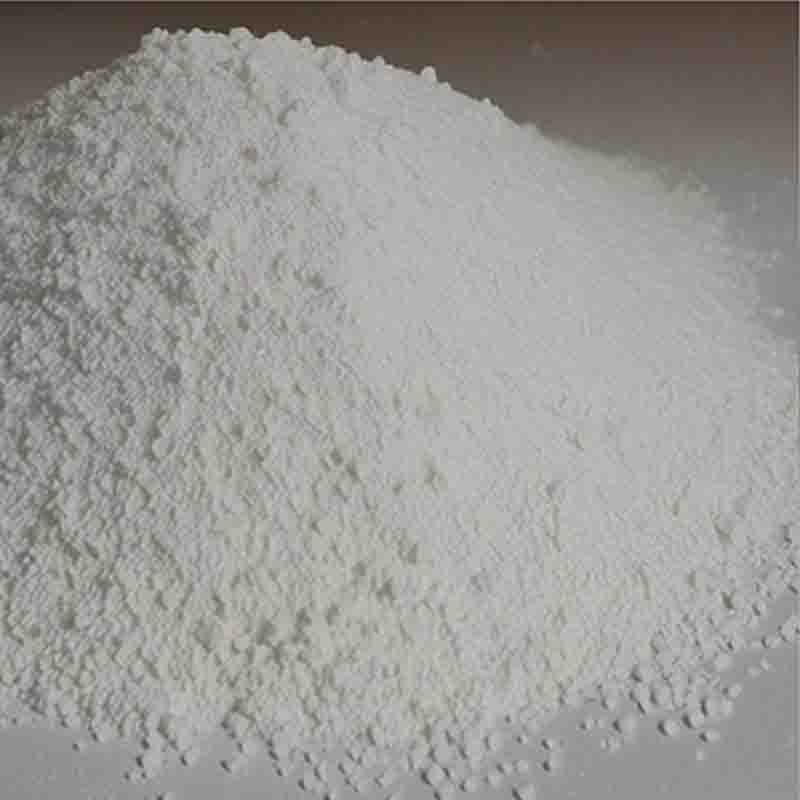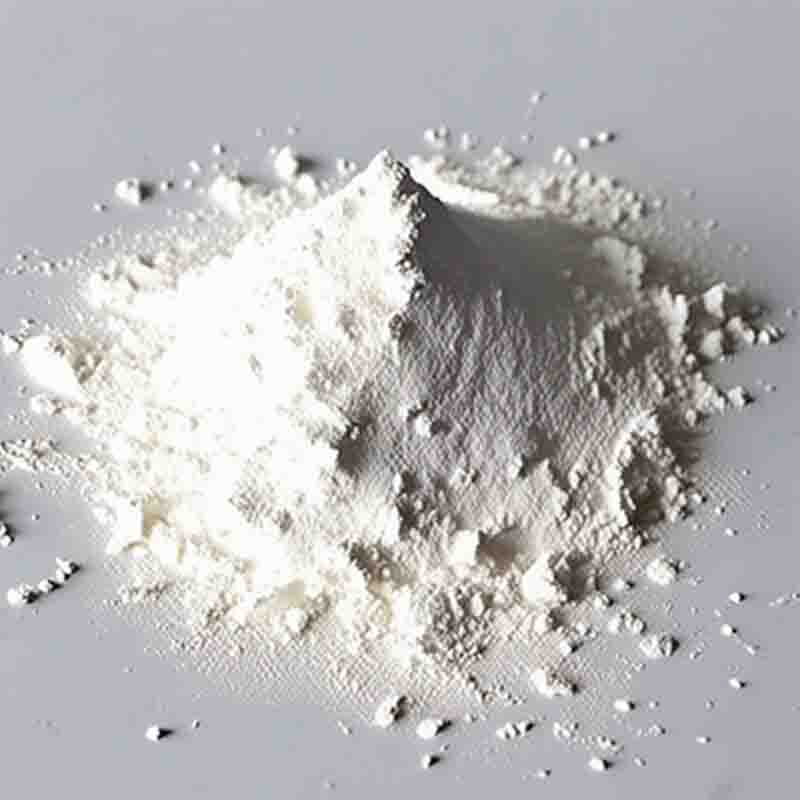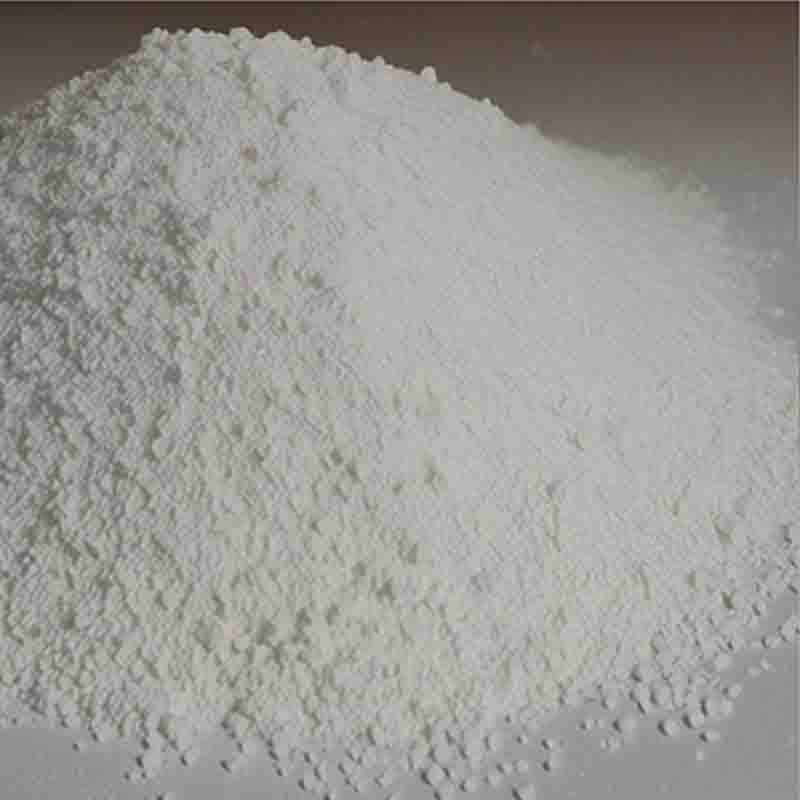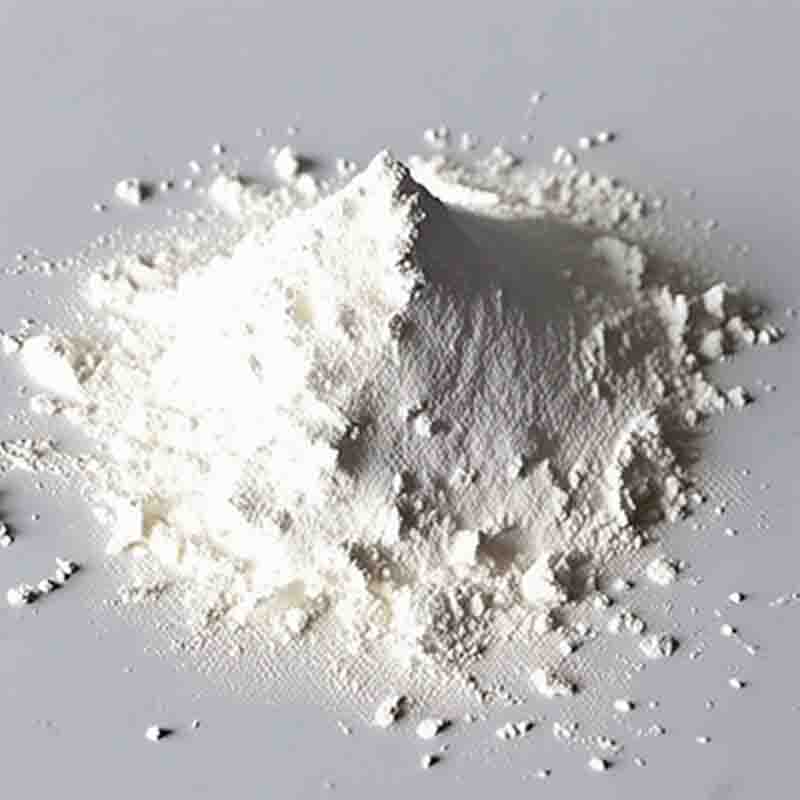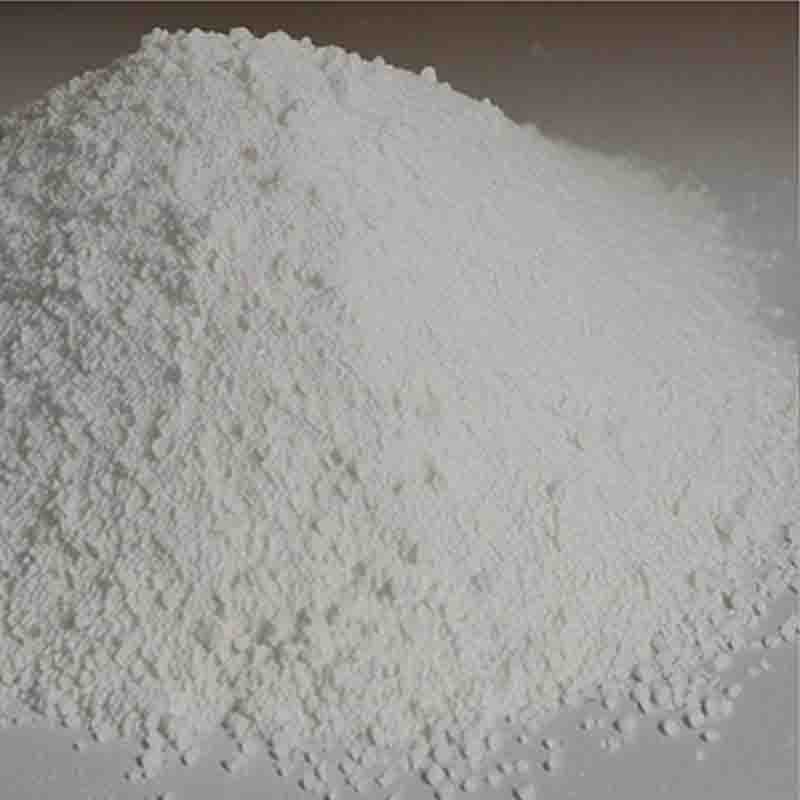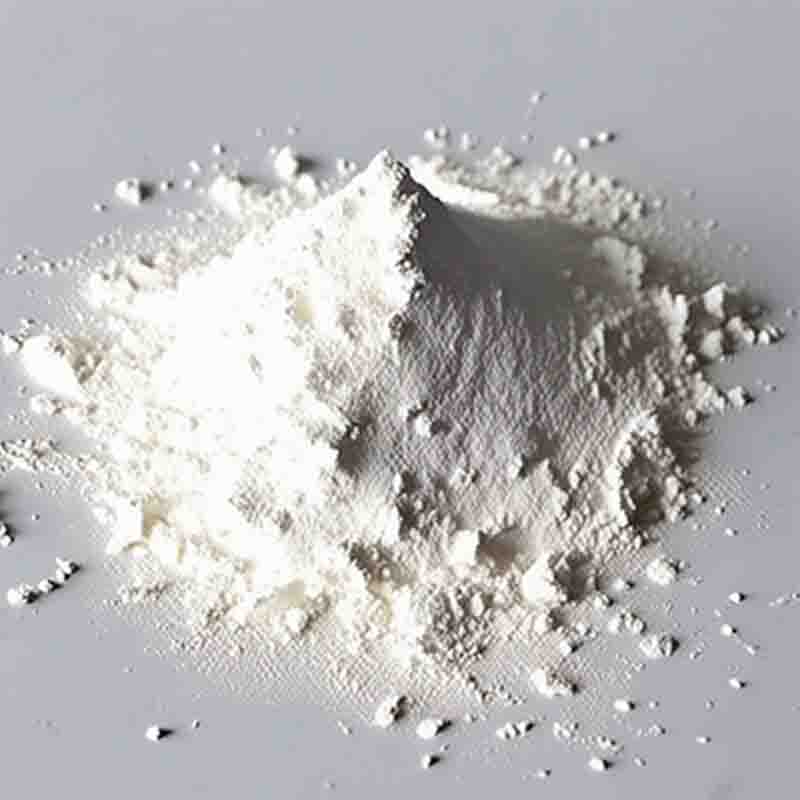isonicotinicacid CAS: 55-22-1
| Catalog Number | XD95083 |
| Product Name | Isonicotinicacid |
| CAS | 55-22-1 |
| Molecular Formula | C6H5NO2 |
| Molecular Weight | 123.11 |
| Storage Details | Ambient |
Product Specification
| Appearance | White powder |
| Assay | 99% min |
Isonicotinic acid, also known as isonicotinic acid, is a chemical compound with various applications in different fields, including pharmaceuticals, agrochemicals, materials science, and analytical chemistry.
In the pharmaceutical industry, isonicotinic acid can be used as a key intermediate or building block in the synthesis of drugs. Its unique chemical structure and reactivity make it suitable for the development of molecules with desired pharmacological properties. Isonicotinic acid can be utilized in pharmaceutical research and development to explore the structure-activity relationship and optimize the efficacy and safety of drugs. It may find applications in the synthesis of antituberculosis drugs, antiviral agents, or anti-inflammatory compounds.
Additionally, isonicotinic acid can find applications in agrochemicals. Its unique chemical structure and properties make it suitable for the synthesis of compounds with herbicidal, fungicidal, or insecticidal activities. It can be used as a starting material or a key component in the synthesis of agrochemicals with specific modes of action or target pests. Isonicotinic acid may contribute to the development of agrochemicals with improved efficacy, selectivity, or environmental friendliness.
Moreover, isonicotinic acid may have applications in materials science. Its unique chemical structure and properties make it suitable for the development of materials with specific characteristics. It can be used as a building block or a component in the synthesis of polymers, catalysts, or dyes with enhanced performance or tailored properties. Isonicotinic acid may contribute to the development of materials with improved mechanical, thermal, or optical properties for applications in various industries, including electronics, coatings, or textiles.
Furthermore, isonicotinic acid may have potential applications in the field of analytical chemistry. Its unique chemical structure and reactivity make it suitable for the development of analytical methods or techniques. It can be used as a reference standard or a calibration compound for the analysis or quantification of related compounds in complex matrices. Isonicotinic acid may be utilized in the development of analytical tools for applications in environmental monitoring, food safety, or forensic science.
In conclusion, isonicotinic acid has potential applications in pharmaceuticals, agrochemicals, materials science, and analytical chemistry. Its unique chemical structure and properties provide opportunities for the development of novel drugs, agrochemicals, materials, and analytical methods. Further research and exploration are necessary to uncover its full potential and specific applications in these fields.


